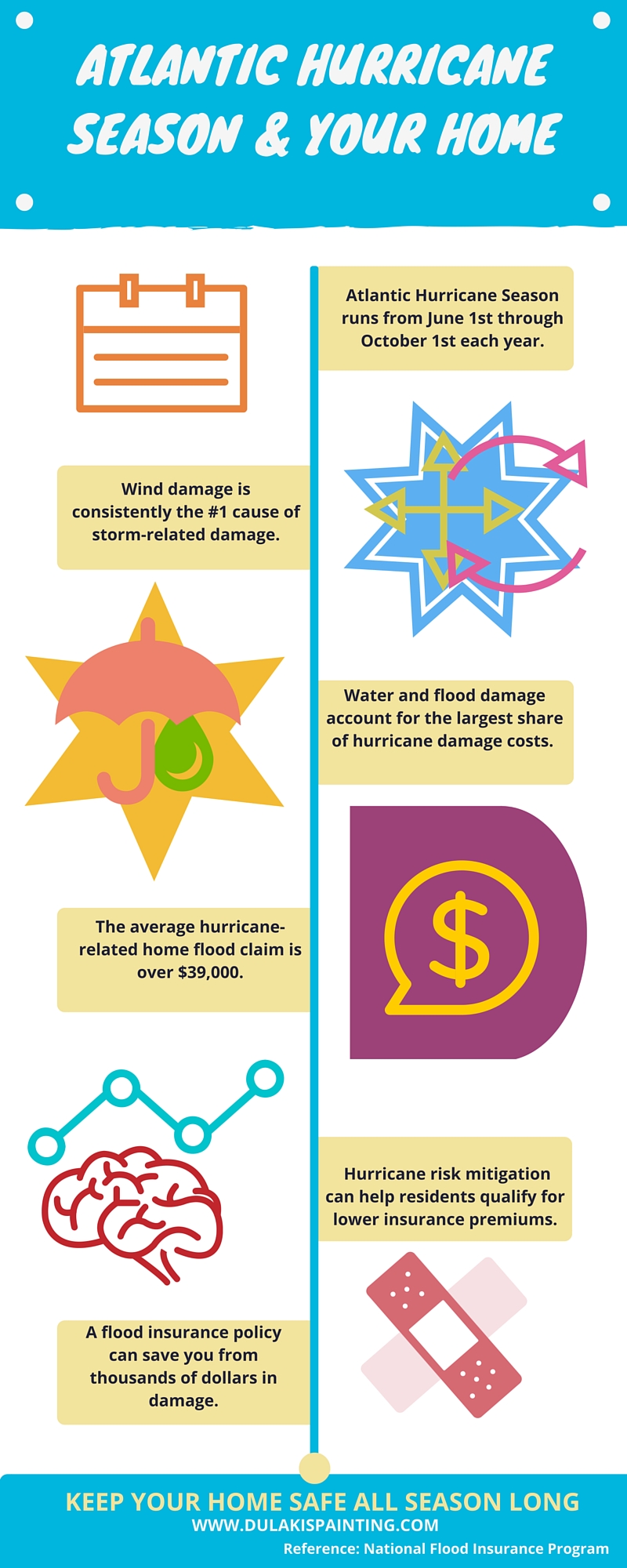Seasonal Factors In Industrial Outside Paint: Key Insights You Need To Be Aware Of
Seasonal Factors In Industrial Outside Paint: Key Insights You Need To Be Aware Of
Blog Article
Created By-Burnham Skafte
When you're preparing an industrial external painting task, seasonal elements can make or break your results. You'll want to consider just how temperature and humidity effect paint application and drying out times. Picking the best season can ensure your paint adheres properly and lasts longer. But which seasons are genuinely the best for this sort of job? Allow's explore the key elements that can influence your job's success.
The Influence of Temperature Level on Paint Application
When you're intending a commercial exterior painting project, the temperature can dramatically impact just how well the paint adheres and dries.
Ideally, you wish to repaint when temperature levels range between 50 ° F and 85 ° F. If it's as well cool, the paint might not cure appropriately, bring about problems like peeling or fracturing.
On the other hand, if it's as well warm, the paint can dry as well swiftly, protecting against appropriate attachment and causing an irregular surface.
You must additionally think about the time of day; early morning or late afternoon supplies cooler temperature levels, which can be a lot more beneficial.
Always examine the manufacturer's recommendations for the particular paint you're utilizing, as they frequently give support on the perfect temperature variety for optimal outcomes.
Moisture and Its Effect on Drying Times
Temperature level isn't the only ecological element that influences your commercial external painting task; moisture plays a significant function also. High moisture degrees can reduce drying out times significantly, affecting the overall top quality of your paint work.
When the air is filled with wetness, the paint takes longer to heal, which can cause problems like bad attachment and a higher danger of mildew development. If you're painting on a specifically moist day, be prepared for extended delay times between layers.
It's important to check neighborhood weather and plan as necessary. Preferably, go for moisture degrees between 40% and 70% for optimal drying.
Keeping straightline metal buildings in mind ensures your project remains on track and supplies a long lasting coating.
Best Seasons for Commercial Exterior Paint Projects
What's the very best season for your commercial external paint tasks?
Springtime and very early fall are usually your best options. Throughout these periods, temperature levels are moderate, and moisture levels are typically reduced, developing perfect problems for paint application and drying.
Prevent summer's intense heat, which can trigger paint to completely dry as well rapidly, resulting in bad bond and surface. Similarly, winter months's cool temperature levels can impede proper drying and curing, running the risk of the durability of your paint job.
Go for days with temperature levels in between 50 ° F and 85 ° F for ideal outcomes. Remember to examine the neighborhood weather prediction for rain, as wet problems can destroy your task.
Preparation around these variables guarantees your paint task runs smoothly and lasts longer.
Verdict
Finally, preparing your industrial outside paint tasks around seasonal factors to consider can make a substantial distinction in the outcome. By scheduling work during the perfect temperatures and moisture levels, you'll guarantee much better adhesion and drying out times. Keep in minneapolis house staining to keep an eye on regional weather forecasts and pick the correct time of year-- springtime and very early autumn are your best bets. Taking these steps will certainly help you achieve a sturdy and specialist finish that lasts.
